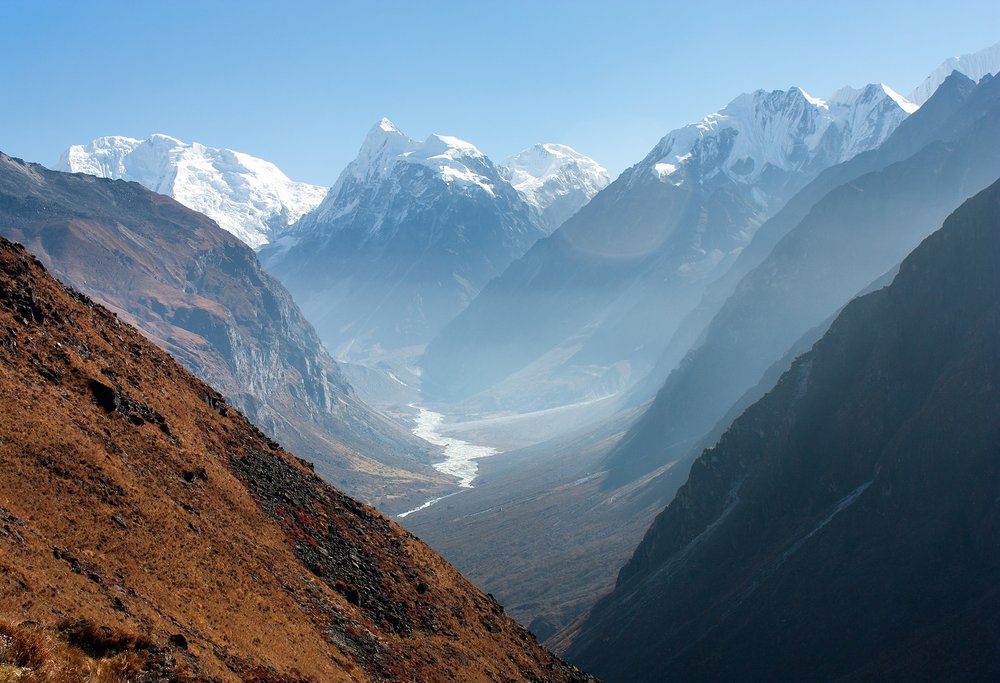The Langtang Valley Trek is a popular trek in Nepal. The trek takes place within Langtang National Park, a protected area in the Himalayas that features tropical lowland jungles, icy high altitude glaciers, and dense forests. Here, trekkers can experience the spectacular landscapes and wildlife found only in the Himalayas.
Route
The Route of Langtang Valley Trek can be a challenging yet rewarding trip for outdoor enthusiasts. This trekking route crosses the Langtang valley, which is a popular destination for winter trekkers. You will have to make sure to stay in a teahouse or lodge, and expect to share a room with another traveler during peak season. It’s recommended to book your accommodation well in advance, so that you can prepare for any eventuality. You should also consider buying all-inclusive medical insurance and travel insurance, which can cover the costs of an emergency evacuation. In case of an emergency, your insurance will provide you with the fastest transport available.
Trekkers may opt to visit the Kyanjin Gompa, where a breathtaking lookout point offers a breathtaking view of the Ganesh Himal and Langtang mountain ranges. They can also visit the famous cheese factory and get an overview of the mountain panorama. Other highlights of this trek include Kyanjing Gompa, which is less popular, but is ideal for enjoying the sunrise.
Accommodation
There are a wide range of options for accommodations on the Langtang Valley Trek. There are both teahouses and hotels. Teahouses are small lodging options and provide meals and lodging. Some also have Wifi and charging stations. However, teahouses are not as common as hotels. The altitude and lack of transportation may make teahouse services more limited.
In the off-season, there are many options for Langtang Valley Trek accommodation. Although most guest houses and hotels are clean and comfortable, it’s best to pre-book rooms in advance. Although Langtang has plenty of accommodations during peak seasons, some are more difficult to find and may not have a website. You can also hire a guide to book hotels for you or pay for a list of phone numbers. Purchasing a package deal is safer than booking individual hotels.
Peak season
The spring season is the best time to experience the Langtang Valley Trek. In this season, rhododendron blossoms and wildflowers are in abundance, and temperatures are generally milder. The trek is less strenuous and you’ll be treated to the clearest mountain views.
The autumn months are the peak trekking season in Nepal. During this time, you can expect less rain, clear skies, and less mud. You’ll be rewarded with unobstructed views of the surrounding peaks, including the famous Tsergo RI. The only drawback of this season is that there may be snowfall along the trail, especially in the upper regions.
Permits
If you wish to trek in the Langtang region, you will need to obtain two permits: a local permit for Langtang Valley Trek and a national park entry permit. The permit fees vary, and you will need to pay them for each permit separately. The Langtang National Park permit will cost around $30 (27 USD) and must be purchased at the park entrance in Dhunche or in Kathmandu. The fee covers your permit for a week within the national park. It can be extended for seven days, but you must pay it again at the park entrance.
If you are planning to trek in the Langtang National Park, you should first acquire a TIMS card. This card provides you with emergency assistance when you get into trouble. The TIMS card is issued by the Nepal Tourism Board, and you can purchase it at the entrance point of Dhunche.
Weather conditions
The Langtang Trek is a unique short trek located in the Langtang National Park area. It offers beautiful views of the Tibetan ranges, as well as rural life in the Tamang community. The region is also home to Red Pandas. There are several teahouses and lodges along the way. However, this trek does not get as crowded as more mainstream trekking routes.
Although the valley is not known for its weather, you can expect temperatures to be between 10degC and 20degC. Typically, rain is not frequent during this time, but it can still be cold. The nighttime temperatures can drop to freezing.
Best time to hike in Langtang Valley
While the wettest and hottest months of the year are July and August, March and May are the best times to hike in Langtang. Early March can be cold, particularly at higher elevations, but average daytime temperatures are still between ten and twenty degrees Celsius. This is the perfect time to walk under the warm sun and enjoy the changing landscapes.
There are many benefits to hiking in Langtang Valley. The weather is generally clear, making trekking easier, and you can enjoy the spectacular beauty of the valley. The stunning views of snow-capped mountain ranges are stunning, and the atmosphere is peaceful and remote. You’ll also be treated to the clean blue sky, despite the colder nighttime temperatures.
